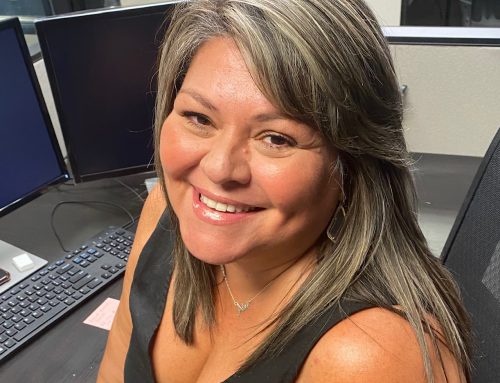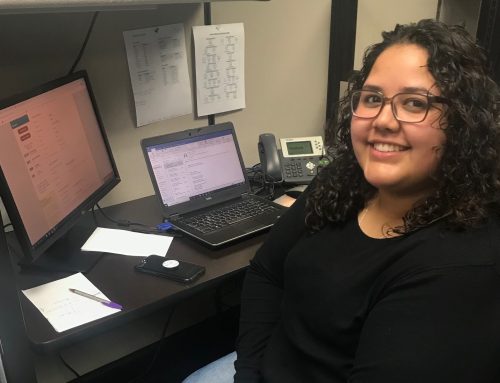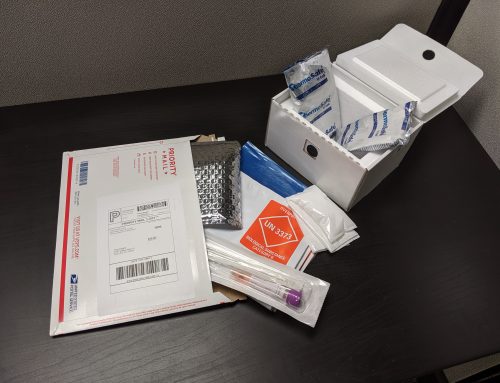
Radiology Assist has now reached an agreement with Solis mammography to upgrade all mammograms for our patients to 3D mammogram for no additional cost.
“3D mammogram (tomosynthesis) is a newer more advanced technology and Radiology Assist has been an advocate for making this technology a standard of care.” says Ali Poonawala, Director of the program. “We are happy that providers like Solis Mammography share in our vision and are able to assist us with helping make screenings affordable for uninsured patients.”
A typical 3D mammogram can cost of up to $500, with the new agreement reached, an uninsured self-pay patient would have the cost lowered to approx $150 going through Radiology Assist. Self-pay patients facing financial hardship could further lower their out of pocket cost by applying for the Get Healthy Grant offered.
Being a newer technology, a 3D mammogram is not considered the standard of care by most insurers as yet. Insurers are not required to cover the study as a zero dollar deductible and insurers are allowed to impose a copay if a patient elects to go with a 3D mammogram. Radiology Assist has been advocating to have 3D mammogram included in the list of zero dollar deductible studies. We have written to law makers asking that the new technology should be included. Radiology Assist asks its supporters to bring awareness to the issue and to write to your congressman to bring about the change.
Q. What is a 3D mammogram? 3D mammograms, also known as tomosynthesis or “tomo,” use the same x-ray technology as regular “2D” mammograms. The procedure is the same from the patient’s point-of-view, although it will take a few seconds longer. In both 3D and 2D mammograms, the breast is compressed between two plates. In 2D mammograms, which take images only from the front and side, this may create images with overlapping breast tissue. Because 3D mammography provides images of the breast in “slices” from many different angles, finding abnormalities and determining which abnormalities seem potentially worrisome may be easier with 3D tests.
Contact Us
Radiology Assist Program 2100 Valley View Ln, Suite #490, Farmers Branch, TX 75234
| Phone | : (855) 346-5152 |
| Fax | : (855) 345-5222 |
Hours : Mon-Fri 8-5pm (CST)





